| |
Scientific activities
In
progress
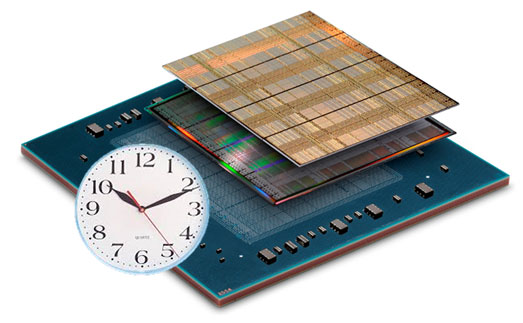 |
Time-Mode
Circuits and Systems
Time-mode
circuits represent the information by
time difference between digital
events. In time-mode circuits the
time-to-digital converter (TDC) is a
basic component. The TDC is a systems
for mapping a time variable to a digital
code.
Current
and above all perspective applications
of these circuits are vast and
transversal to many scientific and
industrial sectors, from LIDAR systems
in automotive and cybernetics (Smart
Mobility, Industry 4.0) to medical
imaging systems as SPECT and PET
(Health), from time-of-flight cameras
for industry (Industry 4.0) to laser
scanning systems for industry
automation (Industry 4.0), just to
name a few.
Key
enabling technologies for these circuits
are FPGA devices. It is well-known that
the implementation can be performed both
in digital application-specific
integrated circuits (ASICs) and in
programmable digital devices, e.g.
field-programmable gate arrays (FPGAs).
Of course, the realization in FPGA is by
far preferable due to extremely lower
development costs and higher flexibility
of the implemented architectures thanks
to the programmable resources of the
device. Also in light of the fact that
the huge evolution of FPGA devices
reduces always more the gap of
performance with respect to ASIC
solutions.
The
research deals with the development of
innovative high-performance TDC
architectures designed for FPGA devices.
In
partnership with:
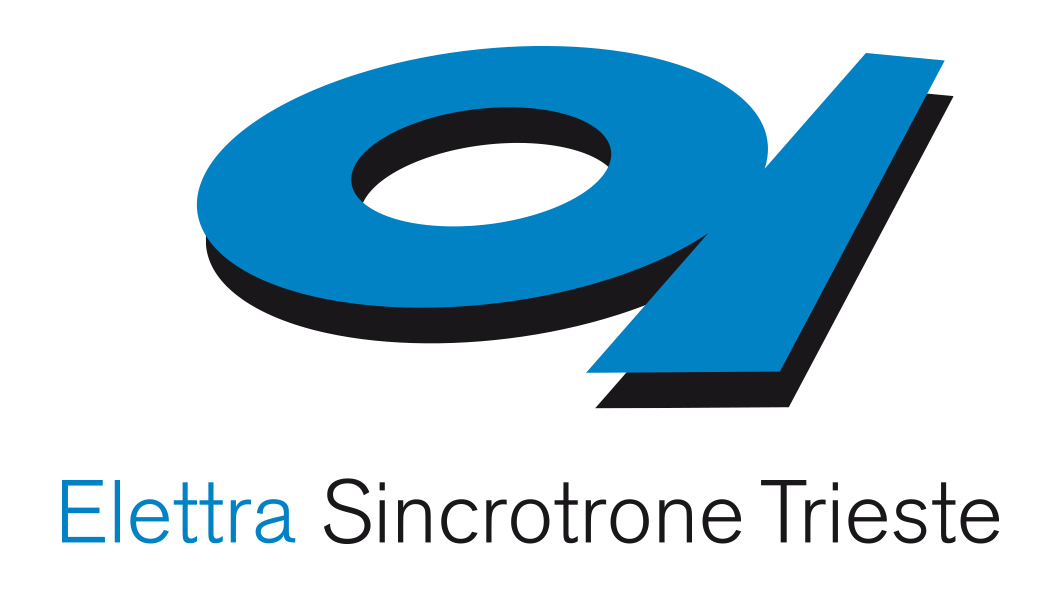 
Former
partnerships :   
|
|
|
|
|
|
|

|
Hardware and
Firmware Digital Architectures
The research focuses on innovative
digital electronic circuits and
architectures for on-board and track-side
systems in the railway sector.
In particular, the current activity is
contextualized in the development of an
automated vehicle (URV) for monitoring
railway lines for the purpose of detecting
critical issues for security and SIL4
on-board and track-side platforms.
In
partnership with:
 |
|
|
|
|
|
|
|
|

|
DEPFET
Sensor with Signal Compression (DSSC)
The DSSC detector is
one of the three 1 Mpixel 4.5 MHz
detector projects being developed for the
XFEL.EU. It is the one specially
dedicated to the detection of soft X-rays,
in the range between 0.5 and 6 keV.
The detector is developed by a Consortium
comprising DESY, the university of
Heidelberg, the Milan Politecnico and the
University of Bergamo, together with
XFEL.EU, which takes care of the detector
assembly and integration in the
beamline, and of the calibration.
We are in charge of the
processing electronics implemented in FPGA
devices.
In
partnership with:
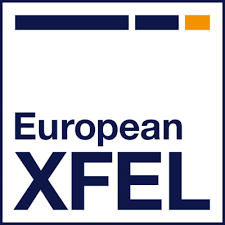 |
|
|
|
|
|
|
Main
Former Projects
 |
Power
Electronics
In modern society, mobility is worldwide
at the basis of economic and social
growth. However, mobility has its price.
And the irony of fate, the growing demand
for transport is accompanied by problems
that threaten the social system that they
should promote. First, in terms of
externalities such as air pollution and
noise pollution, and certainly in terms of
cost of energy sources. Just think that
25% of global energy needs and the same
percentage of anthropogenic carbon dioxide
is produced annually by transport systems.
This scenario requires therefore that the
growth of transport systems for both these
aspects is sustainable. To date, the
technology of electric traction has proven
to be the cornerstone of sustainable
mobility, not without problems. In
particular, electric vehicles as an
alternative to vehicles with internal
combustion engine sees the main limit in
the limited range and duration of
accumulators to store energy (accumulator
aging). Consider that the ratio between
the cost of kWh at the wheel produced by
oil and by electricity is approximately
equal to 10, that is reduced to little
more than 2 whereas the degradation of
batteries. It is therefore strategic in
the development of electric vehicle
technology the reliability of batteries
and more generally the management of
incoming and outgoing energy flow from
them. At state of the art there is no
modeling of accumulators, nor empirical
nor analytical, which gives a consolidated
characterization of their behavior in
time. While this investigation concerns
the chemical of constituting
components of batteries, both the
characterization and their optimized
management involve the design and
development of new architectural
solutions, electronic control, i.e.
digital power management. The priority of
electric traction on the road as a primary
factor of sustainable mobility is widely
admitted worldwide by China, the United
States and more recently by Europe,
becoming a priority in their programs of
research and development in the short /
medium term.
In recent years the use of rechargeable
batteries is facing an increasingly large
spread. Although in the past they were
used more as a source of energy for
portable devices such as laptops and
mobile phones are getting popular recently
for use in all-electric or hybrid
vehicles, or as a reservoir of energy to
combine, for instance, with systems of
energy generation from renewable sources.
The explosion of the use of rechargeable
accumulators is due to the increase in
energy density on the one side and to the
cost reduction on the other. Suffice it to
say that the recent lithium cells have an
energy density up to an order of magnitude
larger than the lead acid cells. That
means less space for the same autonomy in
the case of mobile devices and more
autonomy for the same space in energy
storage applications. A fundamental role
of the accumulation of energy today is
undoubtedly played within the context of
distributed generation, which allows for
having devices within the distribution
system that can be both users and
generators. This significantly improves
the performance of distribution networks,
which, as is well known, can suffer severe
limitations in energy and power. Resources
are addressed in the design and
realization of modular energy storage
architectures able to exchange energy with
the distribution network in both
directions. This topic is also
investigated in the frame of renewable
energy sources such
as photovoltaic
power generation.
In
partnership
with:
   
|
| |
|
|

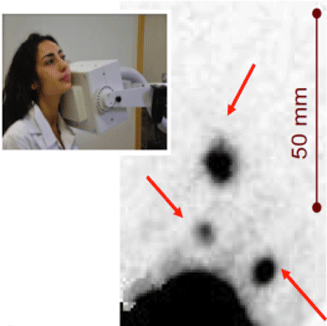
|
Radiation
detectors, read-out and processing
electronics
Electronics for adaptive digital
processing of pulses
In the last years digital processors for
pulse processing have been intensively
investigated and developed in many fields
of application as an alternative to
classic analogue systems. This interest is
due to the intrinsic adaptivity, easiness
of calibration and capability to obtain
signal-to-noise ratioes very close to the
optimum one. This research deals with the
design, realization and test of a general
purpose digital signal processor for
random pulses analysis with throughput up
to 100kevents/sec, whose features and
performances are comparable or superior to
state-of-the-art analogue designs. In
first implementations, the system has been
configurated as a high resolution
amplitude spectrometer (X- and gamma-ray
spectroscopy), capable also to time the
occurrence of pulses of random amplitude
arriving randomly in time. The timing
resolution is better than a sampling
interval. The set-up is based on FPGA and
DSP technology and runs at a relatively
low sampling frequency (below 100MHz). In
order to get advantages of spatial
computing in programmable devices,
data-path structures of temporal computing
process techniques have been revised and
new processing architectures have been
conceived. Among relevant improvements
consequent to these optimizations are the
reduction of processing speed,
time-continuous processing operation and
adaptive dynamic management of numeric
filters length.
Automatic optimal initialization
of digital processors
A completely automatic procedure to
derive the coefficients of numerical
filters of digital pulse processors
corresponding to the optimum weight
functions has been implemented. The shape
of the synthesised filter can be
customized for yielding the optimum filter
in the actual experimental conditions with
arbitrary constraints: e.g., necessity of
time-limited filters for input signals of
arbitrary shape, lorentzian noise spectral
density components, presence of 1/f
current noise smoothed-to-white at low
frequency, timing filters, etc. The method
can be easily translated into computer
programs and has been used as a tool for
optimising a digital signal processing
spectroscopy set-up in its digital filter
section. For example, a test structure to
perform non destructive repetitive readout
of the signals from high resolution
detectors has been considered. By
implementing the proposed technique, a
characterization of the device has been
performed, in terms of effects of the
repetitive readout method on noise
contributions, both for sinusoidal signal
induced on the readout electrode by the
periodic oscillation of the signal charge
and for signal approximated by a series of
delta pulses of opposite areas. The theory
can be extended to different fields of
application of optimal filtering.
Multichannel applications
A specific research is focused on the
problem of the spatial localization of
energy releasing events (hits) in
segmented large-volume HPGe detectors. The
shape of the signal generated at the
detector electrodes depends on the drift
path of the charge cloud generated in the
interaction between the g photon and the
detector. The problem is extremely
complex. The pulse shapes induced on the
electrodes strongly depend on the three
spatial coordinates of the hit. This is
true for the pulses at the electrodes
collecting charge as well as for the
zero-area pulses induced on the neighbor
electrodes. An innovative algorithm for
radial, angular, longitudinal coordinates
estimation of events occurring at the same
time in the same segment has been
conceived. In order to design the
algorithm, pulse shapes at the electrodes
of coaxial HPGe detectors have been
calculated in closed form. The effects on
pulse shapes of the detector encapsulating
metallic cluster and of the gaps between
sensing electrodes in terms of crosstalks
due to capacitive coupling have been also
investigated and taken into account. The
algorithm was designed bearing in mind
that, with up to thousands of parallel
channels, it is mandatory to perform the
measurements in each channel with the
least possible number of input data, while
losing no important information and,
possibly, operating on line in real time.
For the sake of simulation, multiple
coincident hits with energy ranging from
60 keV up to 2 MeV are taken into account
and electronic noise and signal finite
bandwidth effects are considered.
Resources are invested in the acquisition
and processing of signals from detector
arrays for medical and space imaging. For
instance, the DAQ and processing digital
electronics for a compact and high
resolution Anger camera to be used in
clinical and research environments has
been recently developed. Main features of
the system are re-configurability,
linearity, low noise and processing data
rate through hardware and firmware
architecture solutions that also allow the
system to operate in presence of
disturbances and electromagnetic noise.
The use of Silicon Drift Detectors coupled
to CsI(Tl) scintillators offers a high
intrinsic spatial resolution (less than 1
mm), an overall spatial resolution of
about 2.5 mm at 5 cm, and an appropriate
sensitivity. With such features, this
gamma camera is well suited for clinical
and research applications where high
overall spatial resolution and system
compactness are required. While the
state-of-art in the field of medical
imaging instrumentation is represented by
commercial systems with large field
detectors (order of 40x50 cm2) and with an
overall effective spatial resolution
typically of 10-16 mm at an imaging
distance greater than 20 cm, this Anger
camera has a smaller field of view but
thanks to its compactness the distance of
the imaged target could be greatly
reduced, also allowing easier positioning
in case of space constraints during
acquisition and improving patient comfort
during the diagnostic procedure. A small
field of view camera with high resolution
has potential also in several molecular
imaging on small animals, in applications
used for evaluation of pharmaceutical
distribution or functional effects
resulting from medical treatments.
In
partnership
with:
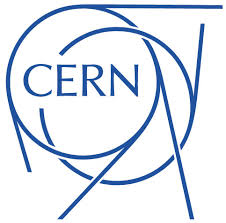
  


|
| |
|
 |
Image
processing
HARDWARE TOPICS
- R&D of digital configurable systems
on uC, DSP and FPGA for processing and
transmission of audio-video signals.
- Physical and logical interfacing through
standards USB (High-speed), PCI, PCI-X,
serial UART SPI I2C, custom
serial/parallel, TCP/UDP networks.
- Design of embedded systems based on
8051, MSP430, ARM, TI DSP TMSxx.
- Design of embedded systems based on all
Xilinx Spartan and Virtex devices.
- Design of systems specifically based on
CMOS and CCD sensors.
- Design of systems for audio/video
streaming generation at customized
framerate size.
- Design of systems for audio/video
streaming capture at customized framerate
size.
FIRMWARE AND SOFTWARE TOPICS
- Driver development at kernel level for
LINUX compliant with V4L, V4L, ALSA.
- Driver development at kernel level for
Microsoft W98, 2000, XP, Vista compliant
with DirectX.
- Windows and Linux application
development.
- Image processing on spatial and temporal
computing processors.
- Image control: open/close, binarization,
contrast/luminance, space color conversion
YUV/RGB, histogramming, flip, rotation,
ROI detection, edge detection,
skeletronizing, OSD, focusing, CMOS sensor
denoising, segmentation, client/server
custom or RTSP transmission over network.
In
partnership
with:


 
|
| |
|
 |
Audio
processing
The research deals with the development
of new techniques for acoustic feedback
("Larsen effect") suppression in case of
on-stage applications. A fully digital
solution has been focused and the
prototypation of the processing channel
has been under construction for the
on-field test of the proposed technique.
The designed hardware platform is based on
a Xilinx Virtex-5 FPGA device.
Digital mixing and filtering
reconfigurable processors are investigated
and realized.
In
partnership
with:

|
| |
|
|
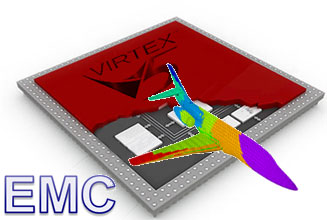
|
High
performance scientific computing
In the analysis of the dynamics of many
real complex systems, descriptive
mathematical models permit to simulate
their behaviour in different specific
operating conditions. However, quite all
applications require mathematical models
that cannot be handled by means of closed
form calculations but just through
numerical resolution techniques. For
instance this is the case of models of
very fine grained systems, such as human
body organs, which are represented by very
sparse matrix of extremely high
dimensionality (several millions of
elements).
In order to perform an electronic
processing of these models, the necessary
hardware structures for an efficient
implementation of the required algorithms
for data handling are based on the use of
configurable devices, spatial computing
(FPGA) and temporal computing (DSP). The
deep architecture and functional diversity
of the two platforms involves an accurate
algorithm division between the devices and
the programming writing code in order to
take advantage of the fully obtainable
performances in the extreme operating
conditions in terms of architetture
complexity and speed.
The present activity of research is
devoted to devolp hardware and software
electronic circuits based on configurable
devices for treatment of mathematical
models of complex systems as, for
instance, development and implementation
of efficient methodologies for iterative
resolution of systems of equations. As
regard the applications, they run from
physical sciences to engineering,
financial analysis, medicine and
humanistic sciences.
In
partnership
with:

|
 Partner for sponsored
joint research agreements with private and
public Companies Partner for sponsored
joint research agreements with private and
public Companies
|
|
